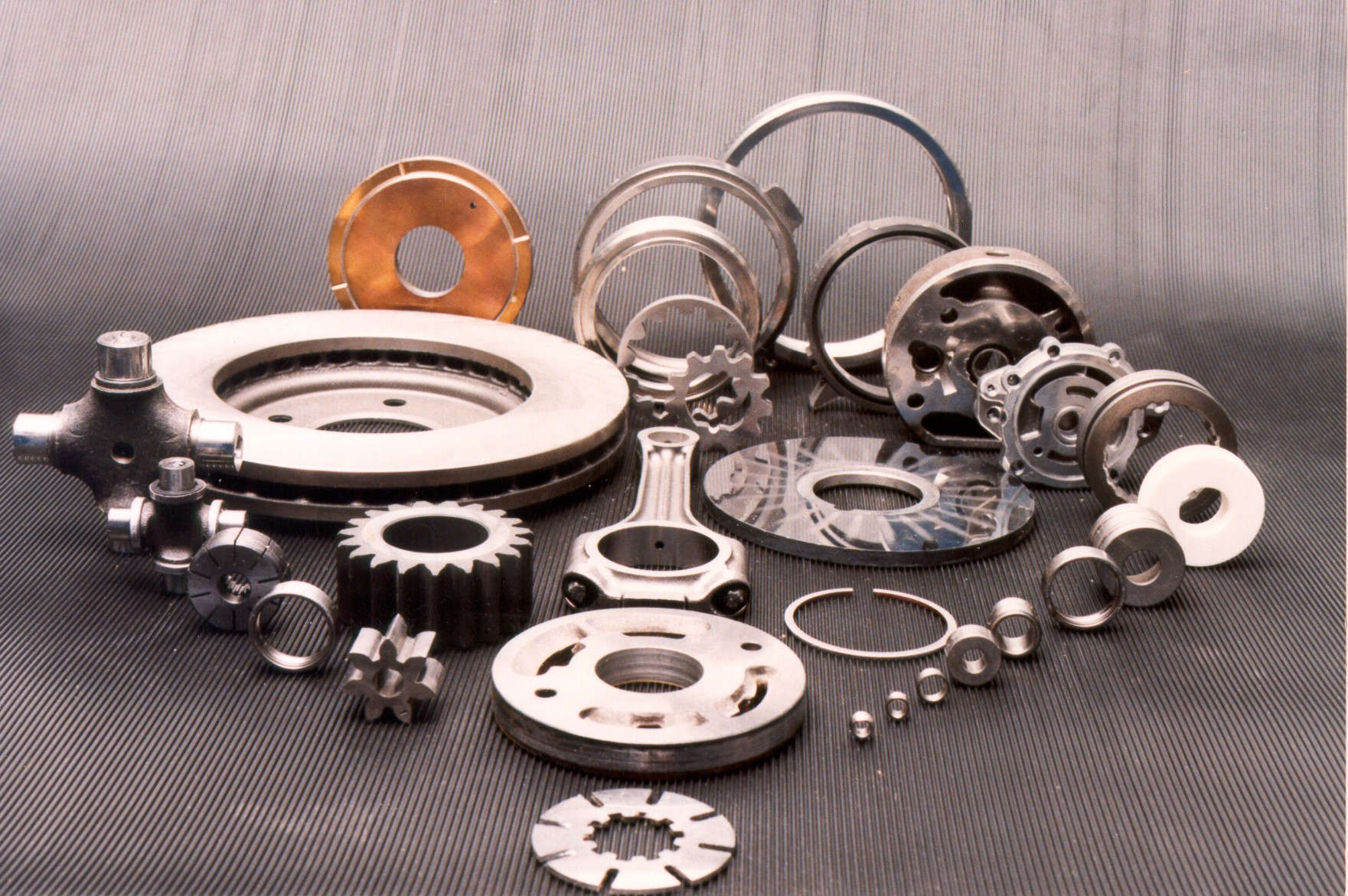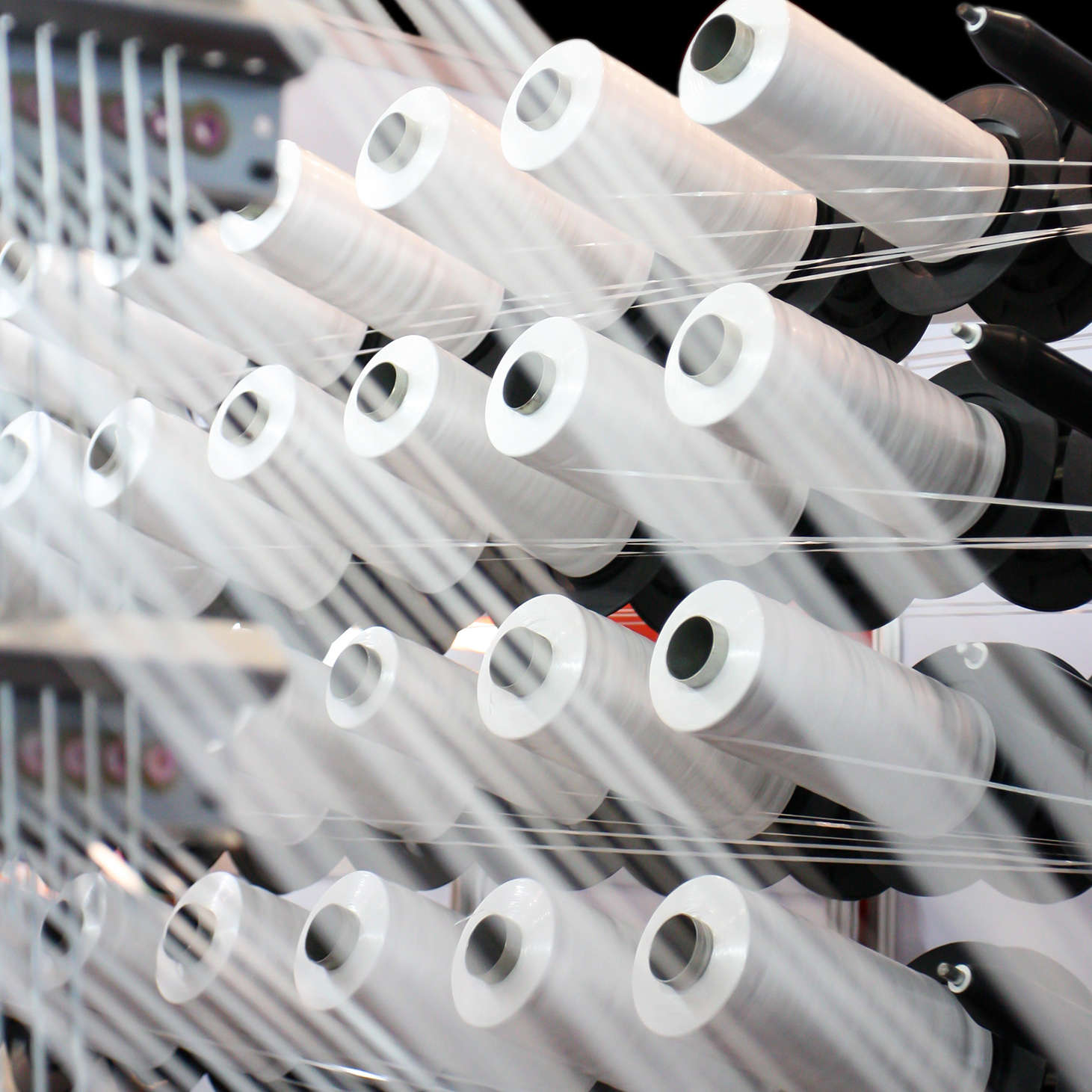
The logic is compelling: if wear-and-tear is reduced, there is necessarily an increase in the service life as well as a simultaneous decline in friction. These savings in raw materials and energy can be achieved through the use of the Microfinish process.
Let's take a look at the surface changes in the above ball screw. Although the first windings have the appearance of being round, they display a high degree of profile roughness (left-hand image).
As soon as the Microfinish machining starts, the peaks in the roughness are removed: the wave troughs which have not yet been machined clearly stand out from the surfaces which have already been machined. These troughs, known as chatter marks, are the sign of fine waviness, which always lead to premature wear and tear (see middle image).
With progressive precision machining the proportion of the load bearing surface becomes ever greater, until it stretches across the entire raceway. This then leads to a noticeable improvement in the quality: the profile roughness has been completely removed, leaving the profile considerably improved (see image on right). This is the foundation for permanent, defect-free functioning and thus for savings in terms of raw materials, energy and production costs.









